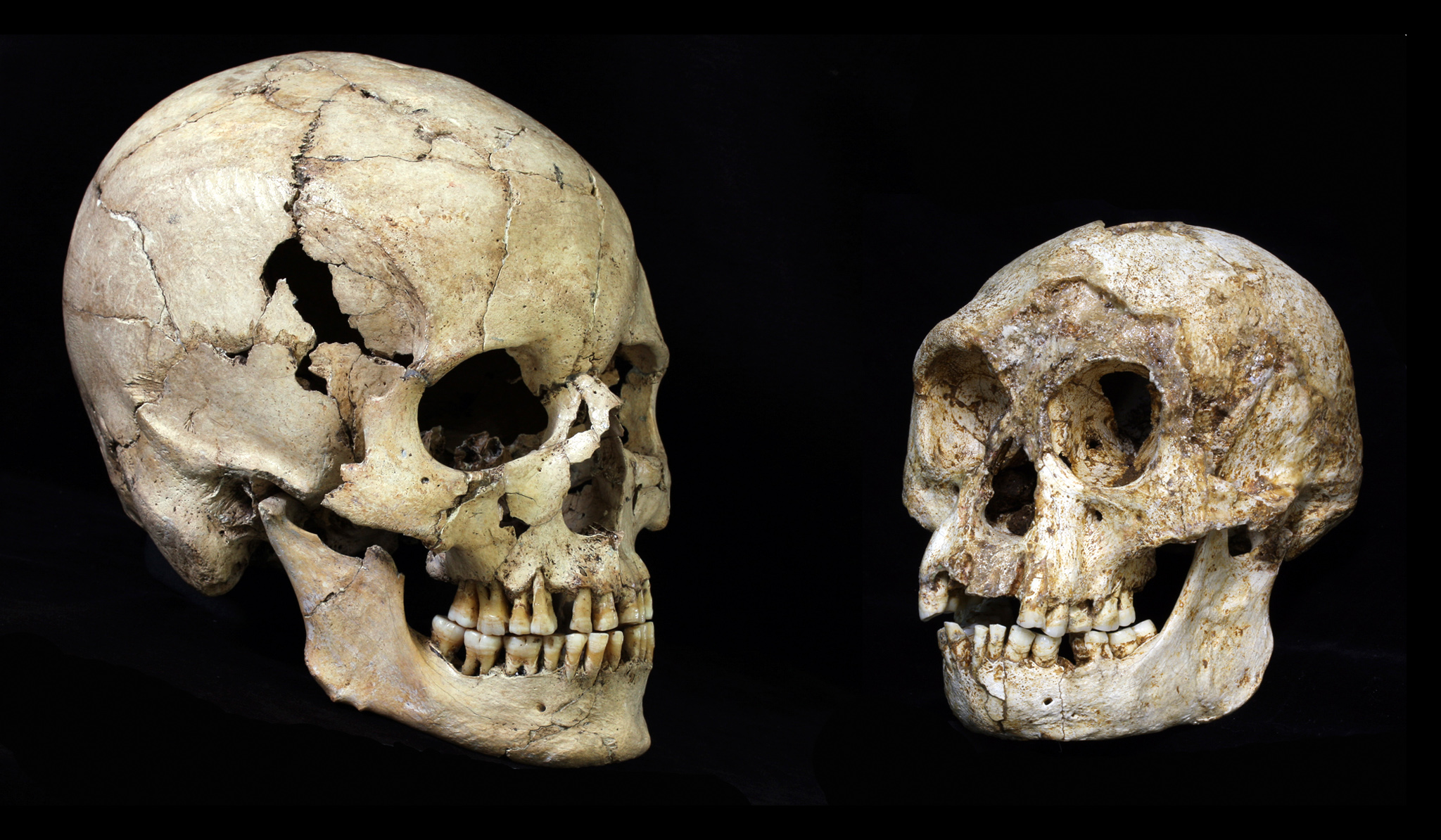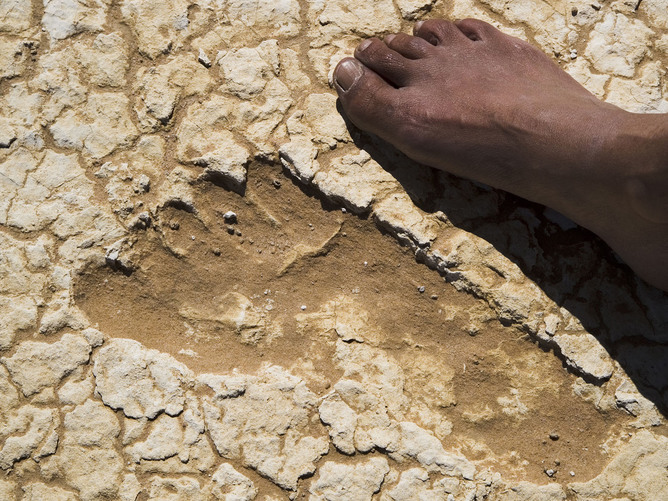Stone tools discovered on the Indonesian island of Sulawesi and dating to at least 118,000 years ago suggest early humans colonised the island much earlier than previously thought.
Professor Rainer Grün and Dr Adam Brumm – from the newly formed Research Centre of Human Evolution (RCHE) within Griffith University’s Environmental Futures Research Institute— were involved in the research published today in the prestigious scientific journal Nature.

RCHE Director Professor Grün dated fossil teeth from the archaeological site using Uranium-series analysis. Senior research fellow Dr Brumm studied the stone tools left behind by the ancient inhabitants of Sulawesi.
In the Nature paper, researchers contend the unexpectedly old artefacts prove the island was inhabited by a mystery population of archaic humans long before the appearance of our species,Homo sapiens.
“Previously, it was thought that the first people to set foot on this remote island were early modern humans who arrived as part of the colonisation of Australia around 50,000 years ago,” says Dr Brumm.
“However, the newly discovered stone tool findings from Sulawesi, at 118,000 years in age, are more than twice as old as the earliest known sites in Australia, and are possibly significantly older.”
While the identity of the early tool-makers is currently unknown, the researchers conclude they could have been Homo erectus, distant relatives of the Flores ‘Hobbit’ (Homo floresiensis), or the enigmatic Denisovan hominins of eastern Asia.
The research took place between 2007 and 2012 and was led by a University of Wollongong team directed by Dr Gerrit van den Bergh and the late Professor Mike Morwood. The work was done in collaboration with scientists from the Geology Museum of Bandung, Indonesia.
Fresh excavations on Sulawesi unearthed four new sites containing the stone artefacts that the authors dated to 118,000 to 194,000 years in age.
According to Nature’s coverage of the finding, an enigmatic hominin group colonised the Indonesian island of Flores at least one million years ago. However, by 50,000 years ago modern humans had crossed to Sahul, the landmass composed of Australia and Papua.
Sulawesi, the largest and oldest of a group of islands separating continental Asia from Sahul, is thought to have had a key role in these dispersals, and previous research has shown that modern humans were living on the island at least 40,000 years ago.
The authors suggest other islands in the region may also contain undiscovered records of early humans, which could help to fill in some of the gaps in our knowledge of ancient hominin diversity in the region.
RCHE is an initiative of Griffith University and is the world’s first academic centre specifically focused on the subject of human evolution in our region.
Its mission is to foster research excellence through multidisciplinary projects that bring together leading Australian and international scholars and institutions in the field of human evolution in Australia, Southeast Asia, and elsewhere in the region.






